17 National Parks on Chile's Wildest Route
The Route of Parks is a stunning circuit through 1,700 miles of wilderness in the Chilean Patagonia.
Stretching from Puerto Montt all the way to Cape Horn, Chile’s 1,700-mile-long Route of Parks is an ecological wonderland three times the size of Switzerland. The route links 17 national parks along three regions: Los Lagos, Aysén, and Magallanes. Launched in 2019, its aim is to be recognized as the most important conservation project in the world, while protecting and supporting the natural and cultural heritage of Chilean Patagonia through sustainable, community-based tourism.
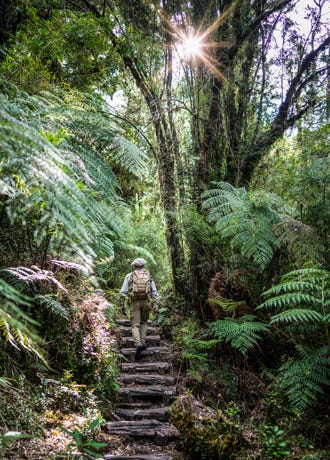
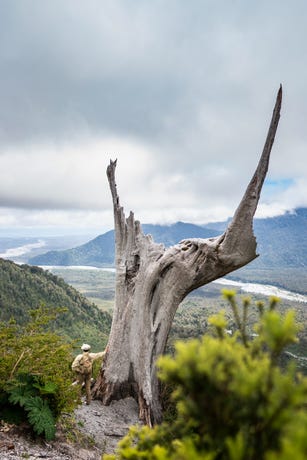
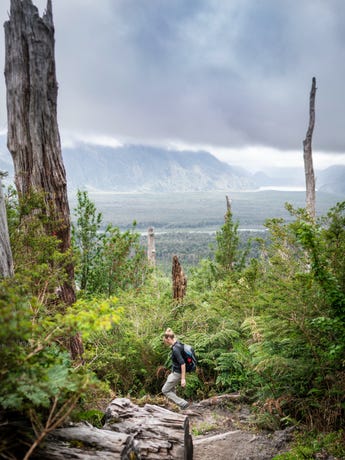
Many of the 17 national parks along the route did not even exist until a few years ago. A large chunk of the 28 million acres they protect was donated by the philanthropist couple behind Tompkins Conservation Chile. Kristine McDivitt Tompkins, ex-CEO of outdoors company Patagonia, and her late husband Doug, co-founder of North Face, used their business fortunes to acquire a massive amount of land in Chile.
Initially, their vision of economic development based on conservation and ecologically-minded tourism was met with skepticism, but their donation of more than one million acres to the Chilean state—the largest donation of land from a private entity to a country ever made—quickly changed that, and catapulted the route into existence. The more than 60 communities along the route were since able to start projects that will help protect the parks in the long term while supporting their economies through sustainable tourism.

The parks along the route protect 40 species of birds, 46 species of marine and land mammals, 24 different ecosystems, and seven different types of native forests. After the Amazon Basin, this area boasts the highest rate of carbon storage in South America. There are lakes, glaciers, volcanoes, steppes, channels, temperate and subantarctic rainforests, wetlands, ice fields, and the most extensive fjord system on the planet.

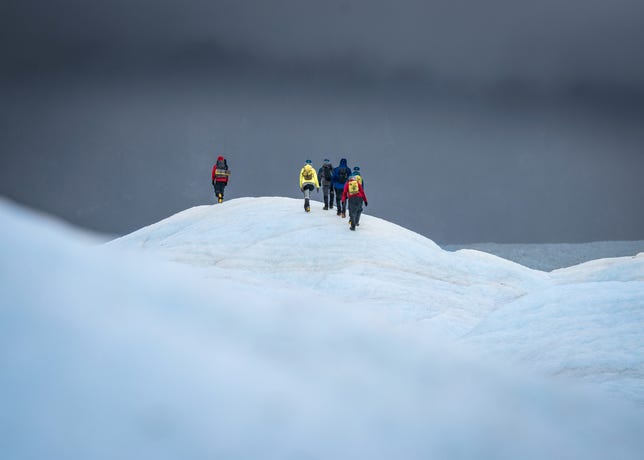
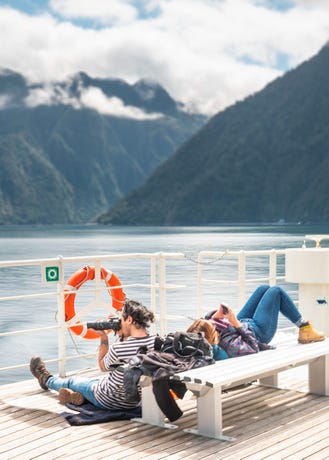
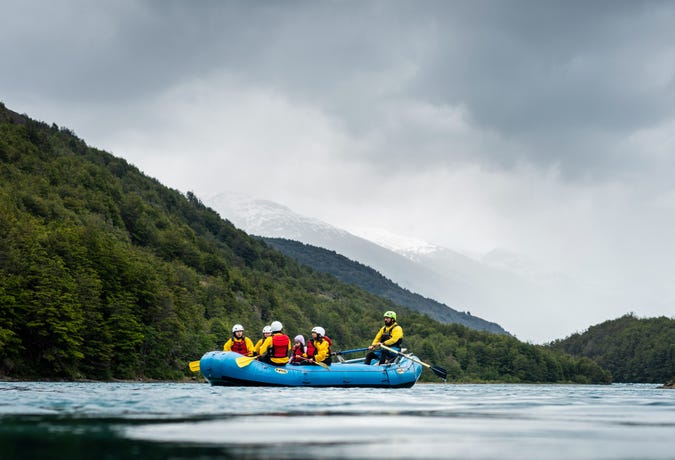
Together, these stunning landscapes make the Route of Parks not just the most scenic, but also the longest park route in the world. Exploring it in its entirety by a mix of car, kayak, bike, ferry, and foot would take months. That’s quite a commitment, but there’s a lot to love.
Images courtesy of Sernatur / Dietmar Denger and Unsplash.